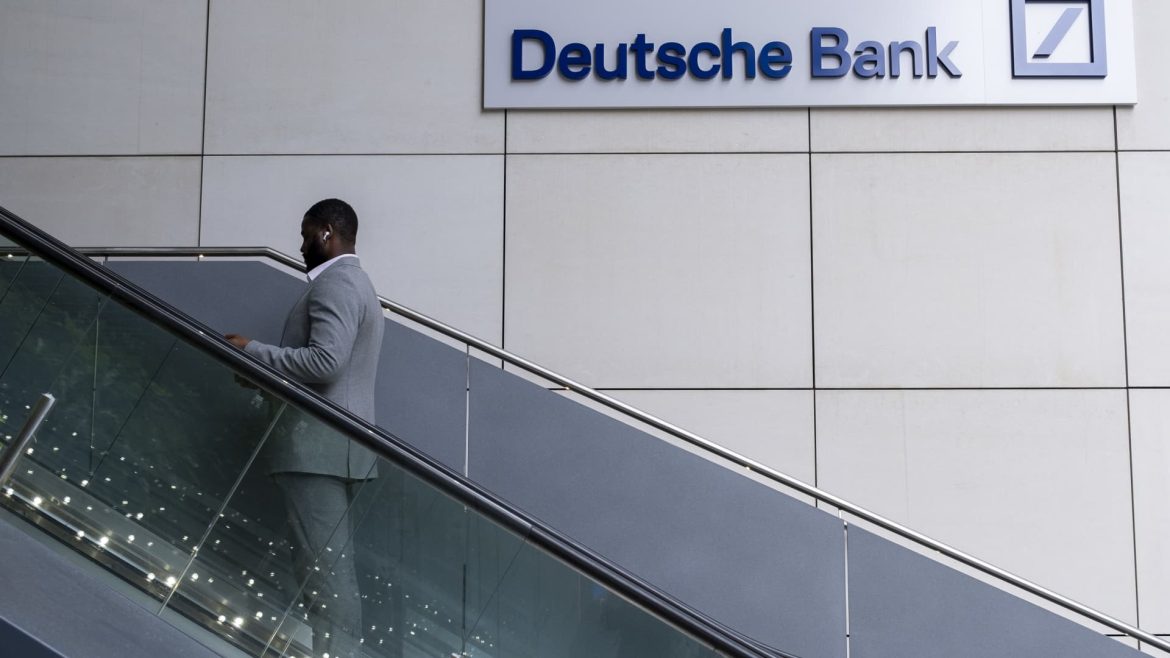Deutsche Bank’s Upgraded S&P 500 Year-End Forecast: An In-Depth Analysis
Deutsche Bank has recently revised its projection for the S&P 500 index, raising its year-end target from 6,150 to 6,550. This upgrade reflects a bullish stance on the U.S. equity market, underpinned by easing tariff pressures and resilient economic fundamentals. This report explores the reasoning behind this forecast adjustment, the key market drivers, and the broader implications for investors.
Understanding the Forecast Increase
The “TACO” Theory and Tariff Relief
At the core of Deutsche Bank’s positive outlook is what strategist Binky Chadha terms the “TACO” theory. This conceptual framework suggests that tariff-related earnings drags have been overestimated and that any adverse impacts of tariffs on corporate profits may be mitigated or even reversed through further “relents” in tariff policies. Chadha noted: _“In the event the administration impacts of tariffs do materialize, we will get further relents.”_ The bank estimates that the current tariff-related earnings drag has been scaled down to about one percent, signaling a smaller than expected negative effect on earnings.
This assessment is critical because tariffs had been seen as a major risk for earnings growth. By projecting a lower impact from tariffs, Deutsche Bank is effectively giving corporate earnings more room for upside, justifying a higher equity price target.
Broader Economic Resilience
Beyond tariffs, the German lender highlights a generally resilient U.S. economy. Solid corporate earnings results coupled with moderate inflation data support a favorable backdrop for stocks. The S&P 500’s recent performance, posting its best monthly gain since November 2023 during May, lends empirical support to this optimistic narrative. Despite some market pullbacks in April, this resilience indicates a continued appetite for risk among investors and a stable environment for corporate profits.
Key Market Drivers Behind the Upgrade
Equity Buybacks and Strong Earnings
Deutsche Bank references rising stock buybacks and robust corporate earnings as additional tailwinds. Stock buybacks reduce the number of shares outstanding, effectively increasing earnings per share and often providing upward momentum to stock prices. Strong earnings reports reinforce investor confidence, further supporting equity valuations.
Infrastructure of Inflows and Risk Appetite
Robust inflows into equities, fueled by an overall strong risk appetite, contribute to Deutsche Bank’s bullish forecast. This investor behavior is often associated with a buoyant economy and positive sentiment, further propelling stock market gains.
Alignment With Wall Street Peers
Deutsche Bank’s forecast revision aligns with a broader trend in which multiple Wall Street banks, including UBS Global Wealth Management and Goldman Sachs, have upgraded their projections for the S&P 500. This consensus across major financial institutions strengthens the credibility of the upgraded target and indicates a collective reassessment of underlying market risks.
Implications for Investors
Upside Potential
With the new year-end target of 6,550 points on the S&P 500, Deutsche Bank implies approximately a 10% upside from recent closing levels. This projected gain should encourage investors to maintain or increase their exposure to U.S. equities, particularly in sectors benefiting from reduced tariff uncertainties.
Volatility Considerations
While the outlook is optimistic, Deutsche Bank also hinted at possible “further relents” on tariffs, which introduces elements of uncertainty. Investors should remain mindful of potential volatility triggered by shifting trade policies or geopolitical events that could influence market sentiment abruptly.
Sectoral Impact
Industries sensitive to tariffs, such as manufacturing and technology, may experience more pronounced benefits if tariff pressures continue to ease. Conversely, sectors less affected by trade policies may see steadier, more predictable growth trajectories.
Conclusion: A Renewed Optimism Tempered With Caution
Deutsche Bank’s decision to lift its S&P 500 year-end forecast to 6,550 points signals growing confidence in the U.S. equity market’s prospects. By downplaying the earnings drag from tariffs and emphasizing economic resilience, rising buybacks, and strong inflows, the bank paints a compelling picture of continued market strength.
However, investors should view this forecast with a balanced perspective. While the upside potential of roughly 10% is enticing, the possibility of renewed tariff tensions or unforeseen economic shocks cannot be discounted. In this environment, agile portfolio management that accounts for policy developments and market sentiment shifts will be key.
In summary, Deutsche Bank’s upgraded target invites investors to embrace a cautiously optimistic stance—one that recognizes the improved landscape for equities but remains vigilant to the complexities that global trade dynamics introduce.





